
Hamadan
Welcome to Hamadan
What to do in Hamadan?
Know in the old times as Ecbatana, Hamadan was one of the ancient world’s greatest cities. Because of that, this city is rich of ancient sights and certainly worth it visiting!
The best attraction of Hamadan is Ali Sadr Cave. This fascinating place is world’s largest water cave. There’s a 5 km long underground water canal which you can get on by a toured pedal boat! Ali Sadr Cave is located about 100 km north of Hamadan.
The shrine of Esther and Mardocai (Esther’s uncle), this sight is a part of a bible story. Esther was a Jewish queen of from Susa. It’s considered as the most important Jewish pilgrimage site in Iran and is visited often by Jews from all over the world. It’s traditionally believed that Esther has been buried right here, and all over the place you will see beautiful Hebrew inscriptions on the walls.
Ganj Nameh, the oldest Achaemenian rock carvings of Hamadan consisting of two huge inscribed panels (with twenty lines) dating back to 521-485 BC, until the time of Darius the great. Ganj Nameh literally means Treasure Book, because for a long time it was believed that the inscriptions contained a clue to the fabulous treasures of the Medes and Achamenians! Ganj Nameh can be seen from a park on the slopes of Mount Alvand. The way to the sight is already nice, because of all the cosy restaurants on the way to it. There’s also a great waterfall not far from the inscriptions, just follow the sound of falling water and the people getting to it.
Visit the Ibn Sina mausoleum, Abu Ali Sina was one of the greatest scientists of the Islamic golden age. The tomb and some instruments that has been used by himself are on show here. But notice that information in English is limited!
Also have a look at the Gonbad-e Alavian or ‘’the dome of the Alavian’s’’ is a four-sided interesting 12th century mausoleum belonging to the late Seljuk period. Inside this Dervish Monastery, taken over by the powerful Alavi Family ruling Hamadan for two centuries, is decorated by the same type of gypsum moldings of Heydarieh Mosque of Qazvin. This monument ranks among the most beautiful in its kind in Iran.
Also Hegmataneh hill is huge ancient sight of Hamadan, it’s located at the entrance of Hamadan city. Relics discovered from this hill are, a golden tablet (from the times of Ariamaneh, the father of Arsham), the golden cup (related to Khashayar Shah, the offspring of Darius) dating to the 5th century BC. A sword and a goblet (of approximately the Achaemenian period), and an embossed lion with wings in a leaping position (related to the Achaemenian era). These discoveries show that this area and the Hegmataneh hill was probably the biggest treasury of the Achaemenian monarchs.
And if you want to escape the city for a moment, just go to this famous café named Kaghazi Coffee. It’s Funky laid-back meeting place bedecked with Pink Floyd lyrics and local hipsters listening to '70s Western rock. Yes, you're still in Iran.
Hamadan has it all for you, let’s discover it by yourself!
Know in the old times as Ecbatana, Hamadan was one of the ancient world’s greatest cities. Because of that, this city is rich of ancient sights and certainly worth it visiting!
The best attraction of Hamadan is Ali Sadr Cave. This fascinating place is world’s largest water cave. There’s a 5 km long underground water canal which you can get on by a toured pedal boat! Ali Sadr Cave is located about 100 km north of Hamadan.
The shrine of Esther and Mardocai (Esther’s uncle), this sight is a part of a bible story. Esther was a Jewish queen of from Susa. It’s considered as the most important Jewish pilgrimage site in Iran and is visited often by Jews from all over the world. It’s traditionally believed that Esther has been buried right here, and all over the place you will see beautiful Hebrew inscriptions on the walls.
Ganj Nameh, the oldest Achaemenian rock carvings of Hamadan consisting of two huge inscribed panels (with twenty lines) dating back to 521-485 BC, until the time of Darius the great. Ganj Nameh literally means Treasure Book, because for a long time it was believed that the inscriptions contained a clue to the fabulous treasures of the Medes and Achamenians! Ganj Nameh can be seen from a park on the slopes of Mount Alvand. The way to the sight is already nice, because of all the cosy restaurants on the way to it. There’s also a great waterfall not far from the inscriptions, just follow the sound of falling water and the people getting to it.
Visit the Ibn Sina mausoleum, Abu Ali Sina was one of the greatest scientists of the Islamic golden age. The tomb and some instruments that has been used by himself are on show here. But notice that information in English is limited!
Also have a look at the Gonbad-e Alavian or ‘’the dome of the Alavian’s’’ is a four-sided interesting 12th century mausoleum belonging to the late Seljuk period. Inside this Dervish Monastery, taken over by the powerful Alavi Family ruling Hamadan for two centuries, is decorated by the same type of gypsum moldings of Heydarieh Mosque of Qazvin. This monument ranks among the most beautiful in its kind in Iran.
Also Hegmataneh hill is huge ancient sight of Hamadan, it’s located at the entrance of Hamadan city. Relics discovered from this hill are, a golden tablet (from the times of Ariamaneh, the father of Arsham), the golden cup (related to Khashayar Shah, the offspring of Darius) dating to the 5th century BC. A sword and a goblet (of approximately the Achaemenian period), and an embossed lion with wings in a leaping position (related to the Achaemenian era). These discoveries show that this area and the Hegmataneh hill was probably the biggest treasury of the Achaemenian monarchs.
And if you want to escape the city for a moment, just go to this famous café named Kaghazi Coffee. It’s Funky laid-back meeting place bedecked with Pink Floyd lyrics and local hipsters listening to '70s Western rock. Yes, you're still in Iran.
Hamadan has it all for you, let’s discover it by yourself!






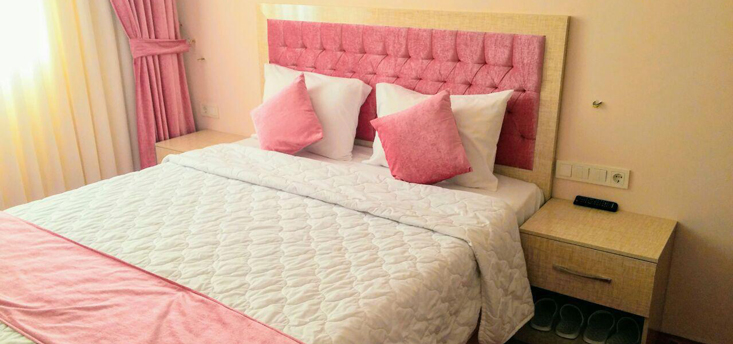
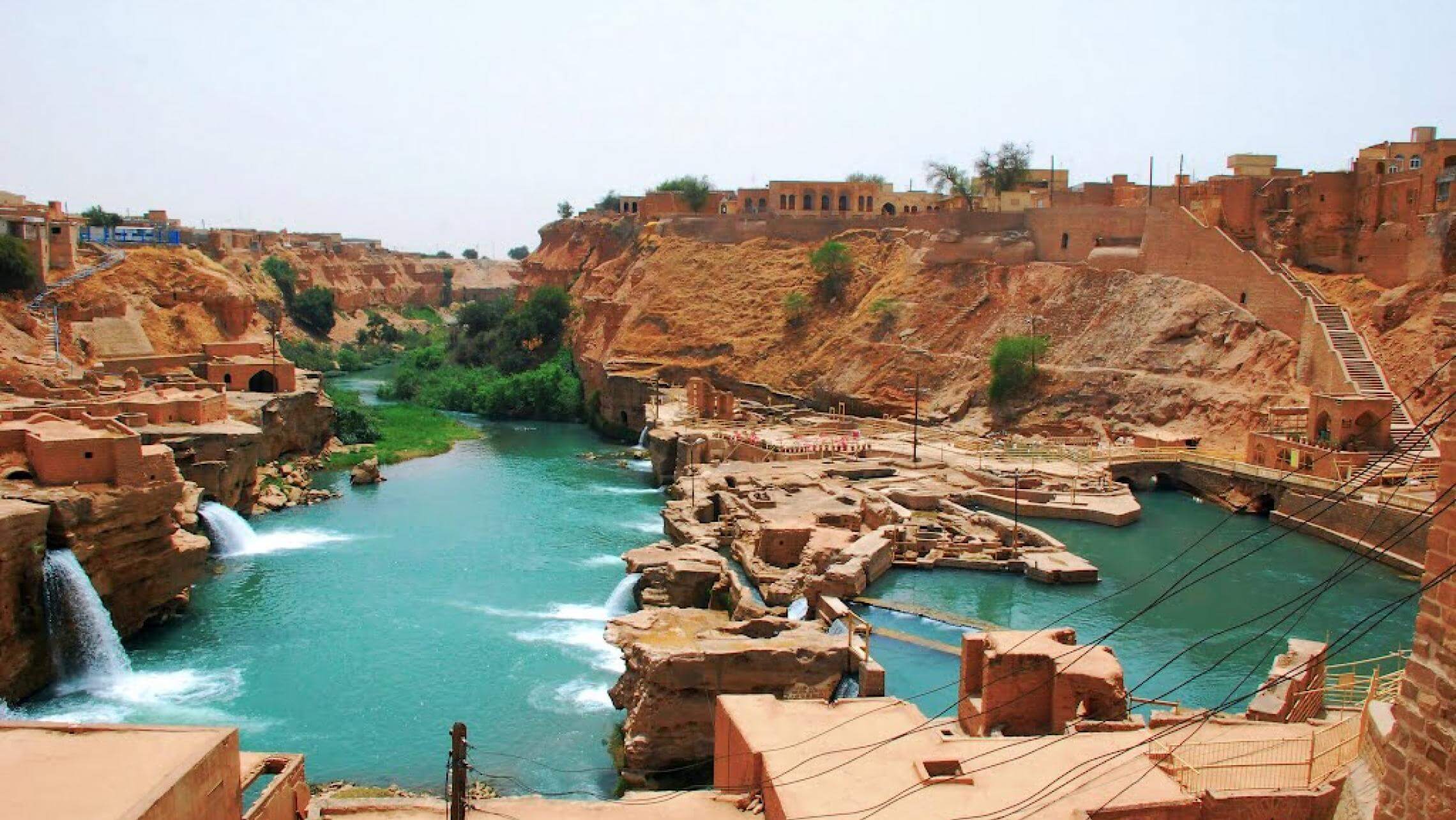
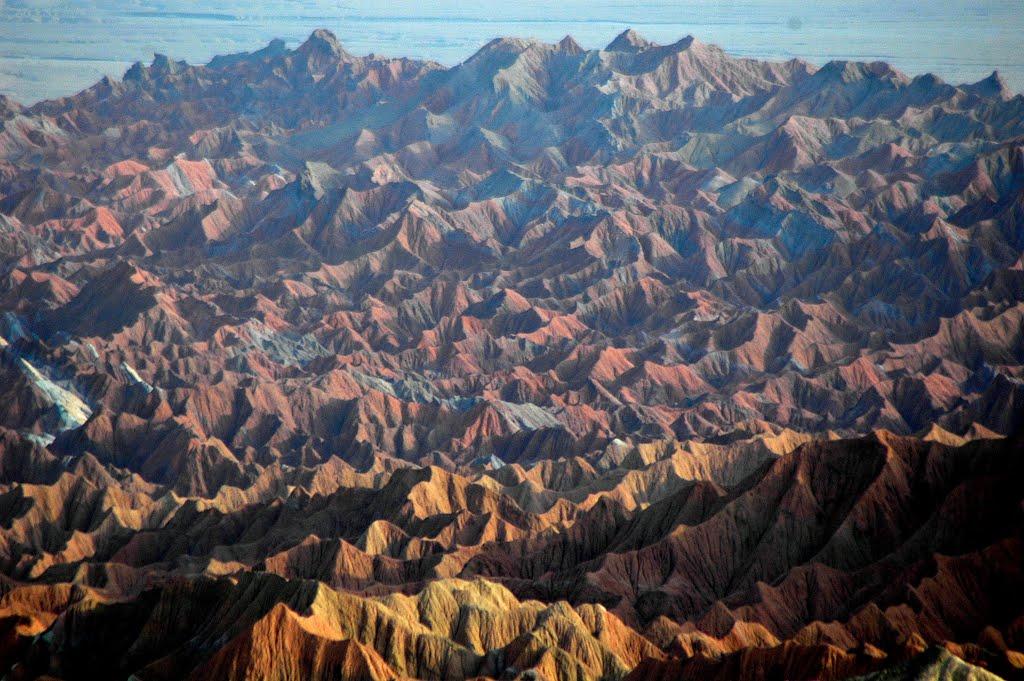
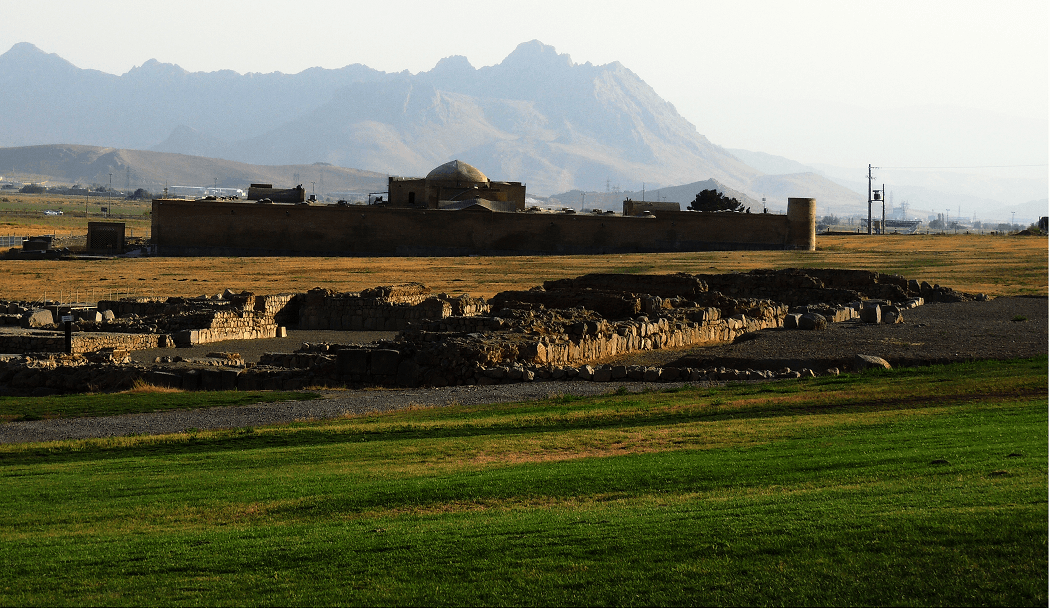
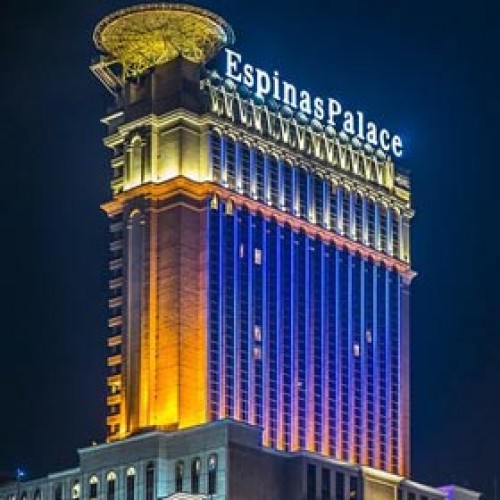


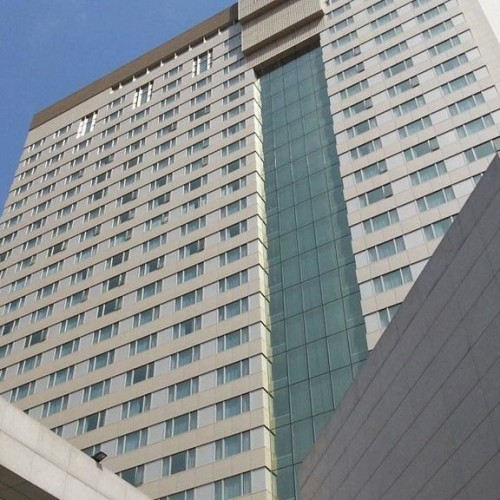

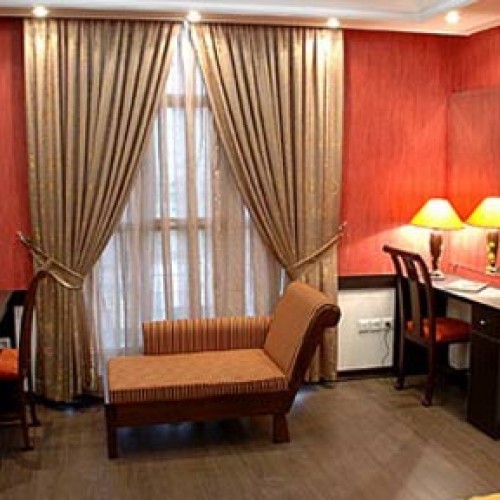


 Trusted
Partner
Trusted
Partner